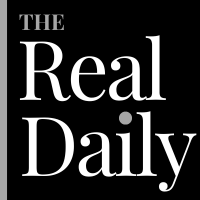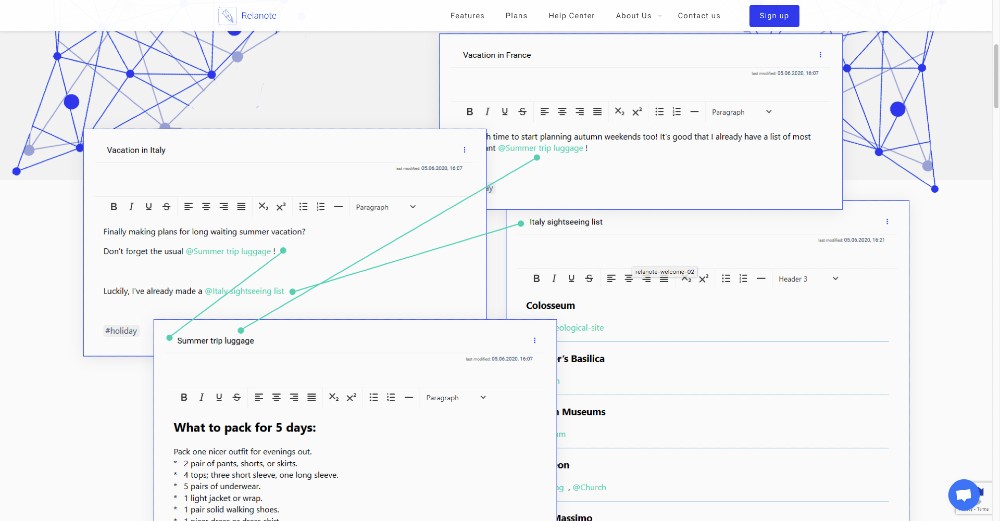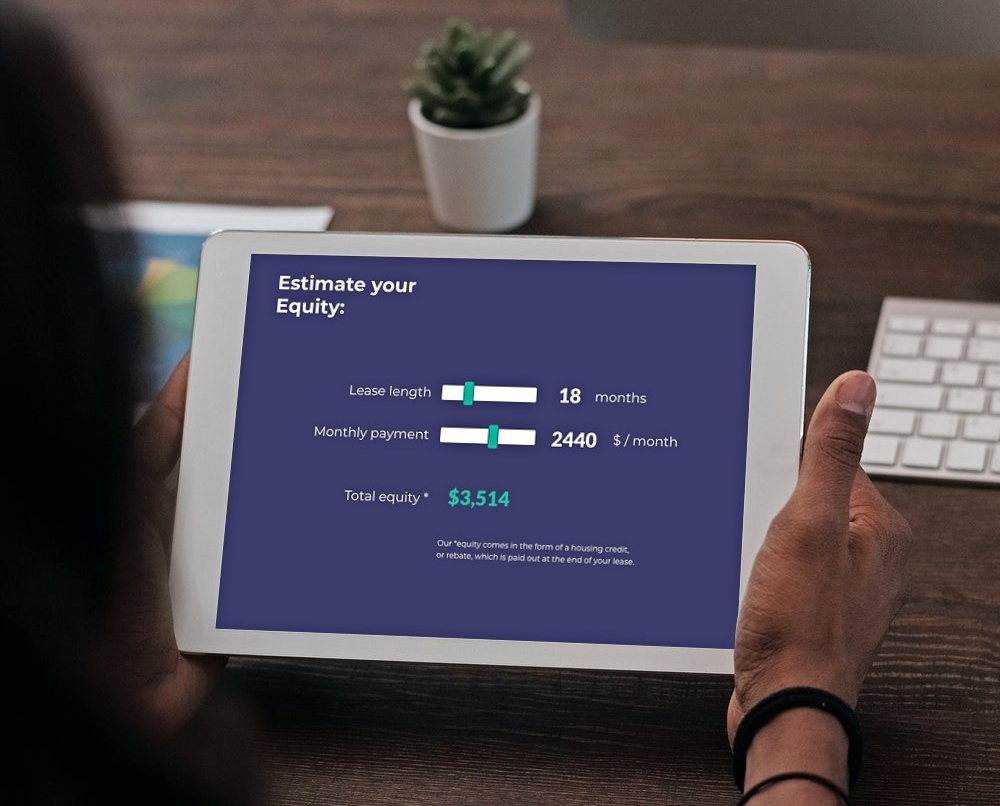When I hear the term “wearable device” I automatically think of O.J. Simpson with an ankle bracelet. But what we’re really talking about are wearable electronics like smartwatches and fitness trackers. Apparently young adults have this need to become more and more digital and current data bears this out: according to the online zine eMarketer which offers insights in the fields of digital marketing, media and commerce, when the year 2015 wraps on December 31st, nearly 40 million US adults age 18 and over will have used wearables, including smartwatches and fitness trackers. That’s a jump of nearly 58% over 2014.
![]()
On your sleeve: the boom of wearable usage
Those are the kinds of numbers that make accountants smile. The penetration of US adults isn’t nearly as high (just 16% to date) but even those numbers are expected to double by the end of 2016. I kind of understand this. Young adults continue to represent the market-share with the most money to spend. In fact, wearables are currently most popular among US adults between 25 and 44, who are the most involved in the movement toward data and fitness tracking.
A case of déjà vu?
Do we really need accessories that tell us how we feel at any given time of the day? I’m having some serious flashbacks. I’m probably dating myself here but back in the day mood rings were like the Baby-boomer version of smartwatches and the like. The ring turned color depending on what you were feeling.
Like if you were making small-talk with the cashier at Starbucks the ring would turn – I don’t exactly remember – maybe it was green. Or if you were secretly harboring a crush on the mailman the ring would turn red. In fact I’m surprised no one has taken this kernel of an idea and run with it: wearable electronics that monitor your social life as well. You all can thank me later.
Stand aside, ladies
In terms of dollars and cents, in 2014, the wearables market showed the most growth among females but according to eMarketer, as smartwatches take off in 2015 and 2016, the expectation is for the market to shift and skew male. The trend is expected to reverse itself 2017 and pick up more numbers among female users. The crucial factor for sales among both of the sexes is for prices to drop.
In fact, eMarketer senior analyst Cathy Boyle feels that the consensus among the experts is that, “Advertising will not appear in volume on wearables until one or more of the devices attains significant market share, which makes sense considering scale is a critical aspect of digital advertising.”
#Wearables
Nearly three decades living and working all over the world as a radio and television broadcast journalist in the United States Air Force, Staff Writer, Gary Picariello is now retired from the military and is focused on his writing career.


















































